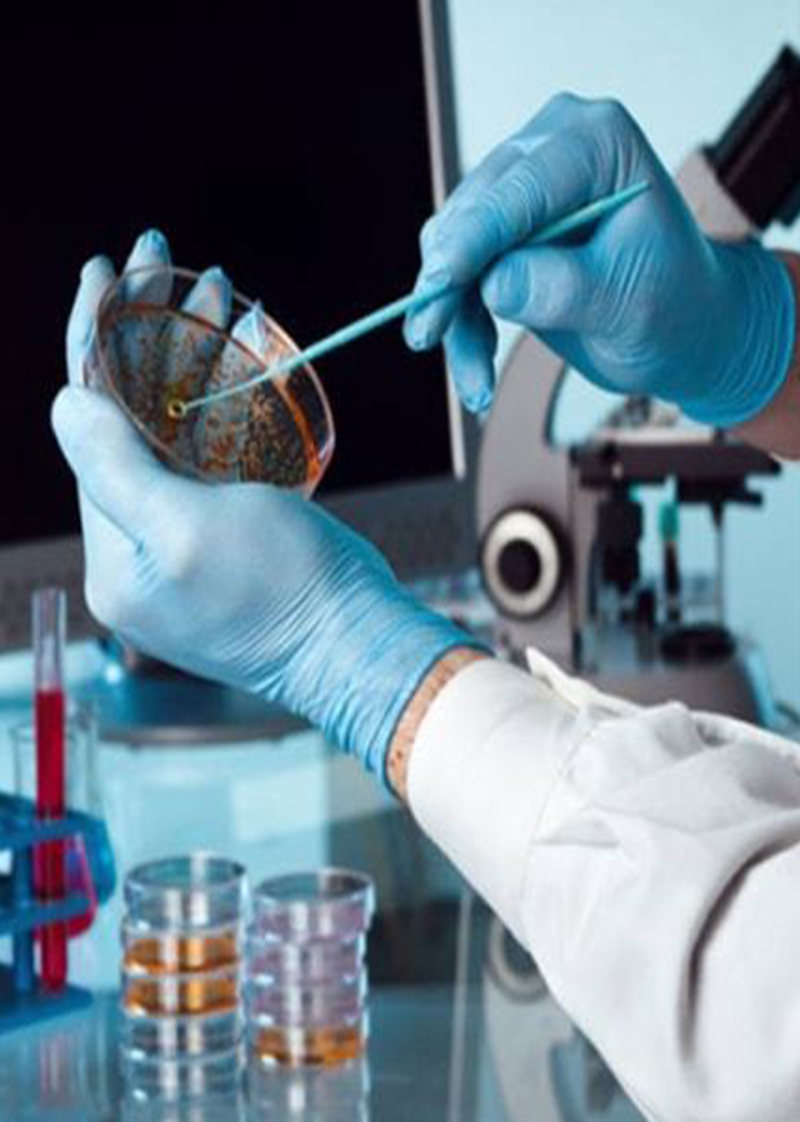Specimen Selection
Therapeutic and toxic ranges are typically established in the following specimen types: serum, plasma, and whole blood.
Serum/Plasma and Whole Blood
Clinical signs and symptoms of effective drug treatment, ineffective drug treatment, and toxicity may correlate with drug and/or metabolite concentrations in serum, plasma, and/or whole blood.
Serum, plasma, or whole blood specimens are also appropriate for Patients on dialysis
Suspected cases of malabsorption (eg, gastric bypass)
Evaluating other aspects of an individual patient’s pharmacokinetics
Whole Blood
Whole blood specimens are used for TDM of select drugs such as immunosuppressive drugs (eg, cyclosporine A, tacrolimus, everolimus, sirolimus, and thiopurine drugs) due to drug accumulation in RBCs.


Oral Fluid (Saliva)
Oral fluid drug concentrations tend to correlate to serum/plasma concentrations. The window of drug detection is about 1-2 days after drug use; therefore, oral fluid can be used to detect recent drug exposure. Therapeutic ranges are not well established in oral fluid.
Urine
Urine drug and metabolite concentrations do not correlate with signs and symptoms of drug therapy or toxicity; therefore, urine should not be a specimen collected for TDM. Urine drug concentrations should also not be used to extrapolate the dose that was administered.